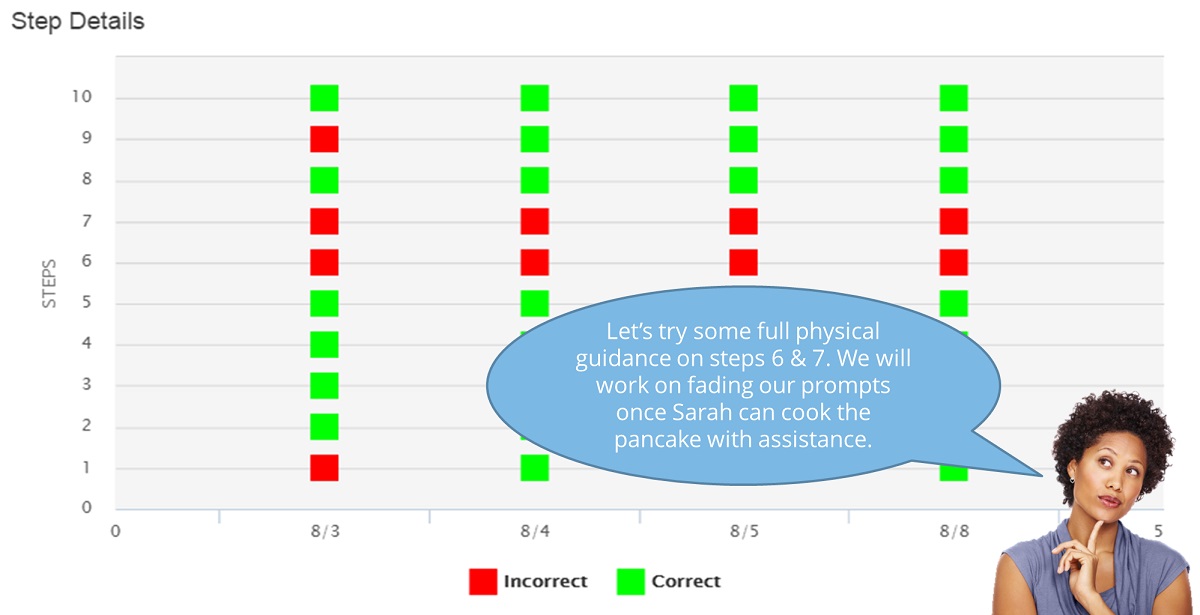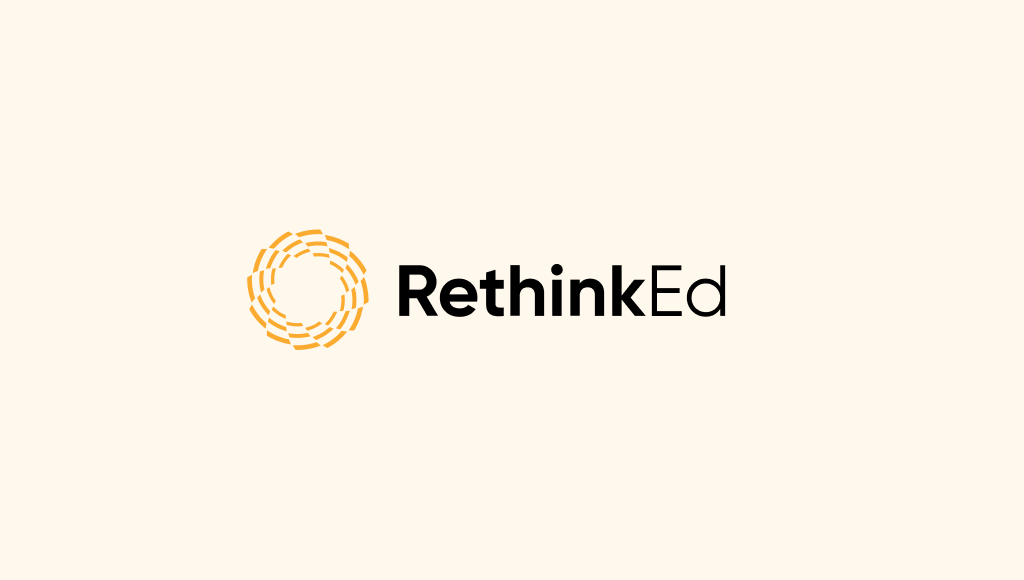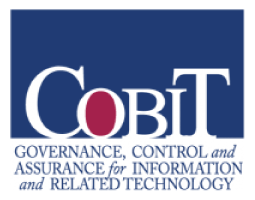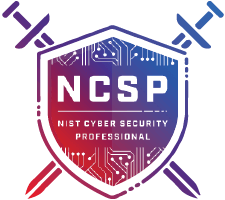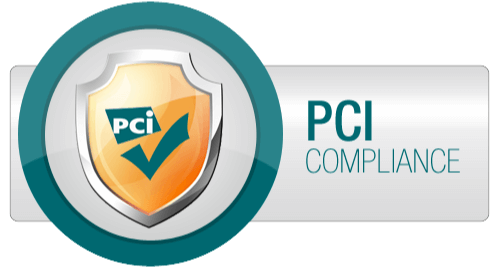What is progress monitoring?
Simply put, progress monitoring allows educators to measure student performance throughout the year. Progress monitoring lets you know which students are succeeding and which students might be struggling to make progress. This information is used to make decisions about the student’s educational plan, and ensure student growth. Schools may also use progress monitoring techniques to make decisions about whole classroom performance.
Why do we need it?
It helps us make informed decisions.
Without measuring student performance, you are merely guessing student ability. These guesses are subjective, and may or may not be accurate. For example, you may notice a student point to his shirt and say “blue.” This leads you to believe he knows his colors, so you decide not to teach this skill.
In reality, however, he may have heard someone else say his shirt is blue. If you ask him what color the sky is, he may not know the answer. When you measure student performance, you obtain a much more objective view of what the student does and does not know. Once you know how students are truly performing, you are much better equipped to make decisions about their education.
Students make more progress.
When you’re able to make decisions based on student performance, students make more progress. This is because you are now (hopefully) adjusting your teaching methods based on student need.
Communication improves.
Progress monitoring allows you to have more detailed conversations about student performance. You are now able to provide documentation on student strengths and challenges. This is especially helpful when students perform differently in different settings (as is often the case in special education). For example, you can clearly see how a student performs in the resource room, general education classroom, speech therapy, music class, and even at home. This provides a well-rounded view of the students for all educators, related service providers, family members, and district administrators to share.
Learn how North East ISD uses progress monitoring to improve home-school communication.
Is collecting data the same as progress monitoring?
Not exactly. Data collection is a great first step towards monitoring progress, but it is only that – a step. Here at Rethink, we spend a lot of time discussing the importance of data collection. We send our partner districts messages celebrating the amount of data staff collect, and offer support should data collection decline. This is because data collection leads to progress monitoring.
It is not enough to merely record data – educators need to review the data and base their decisions on the data collected. If the data isn’t accurate and easy to understand, educators are going to have a tough time knowing what to do with the data.
Need help improving your district’s progress monitoring skills? Contact us today!
